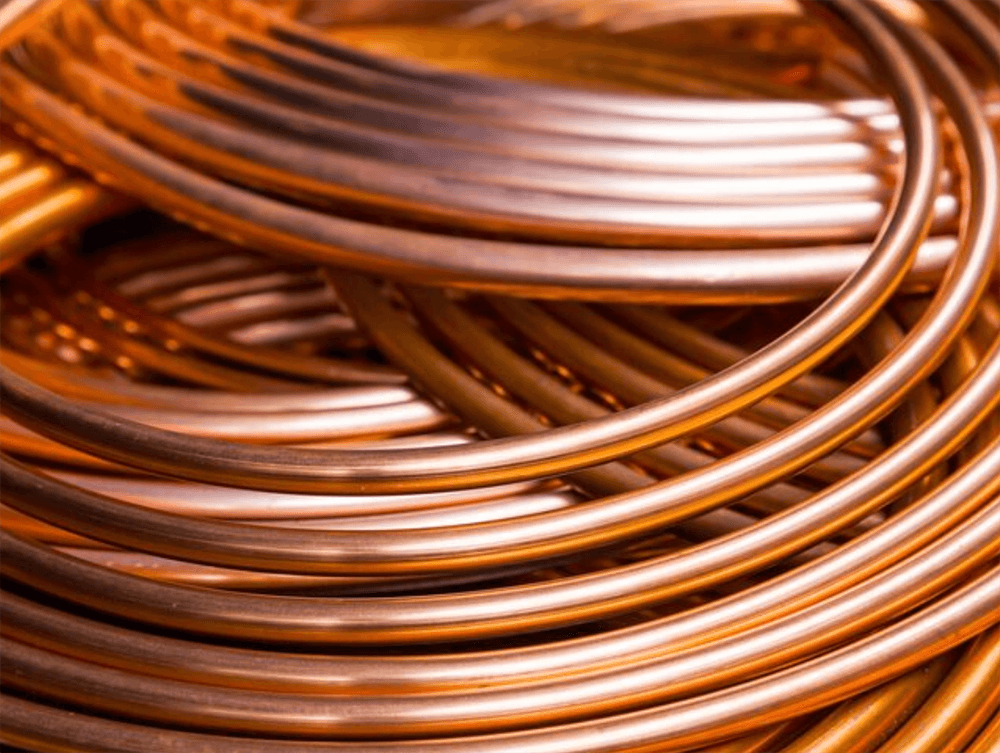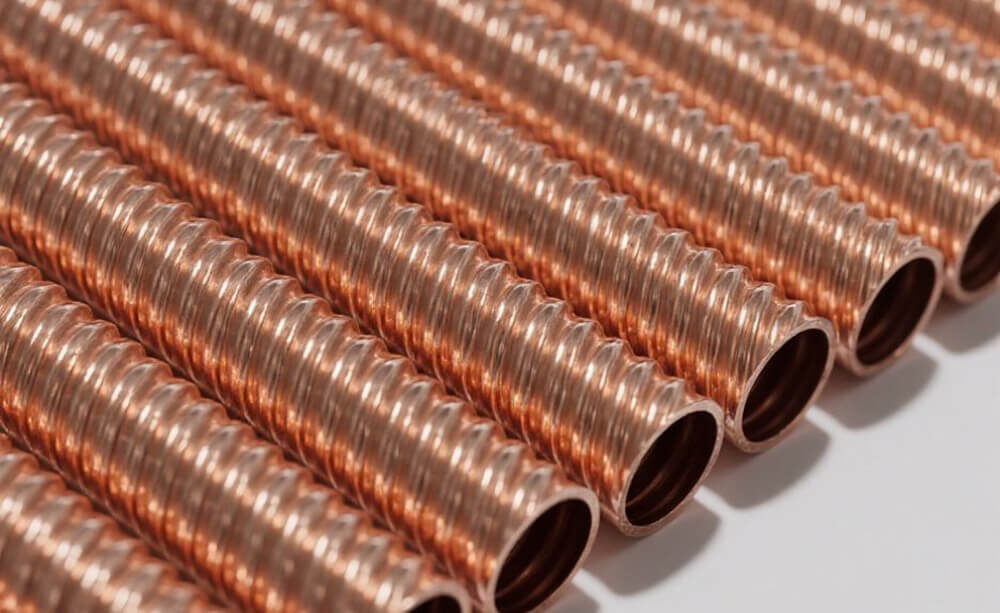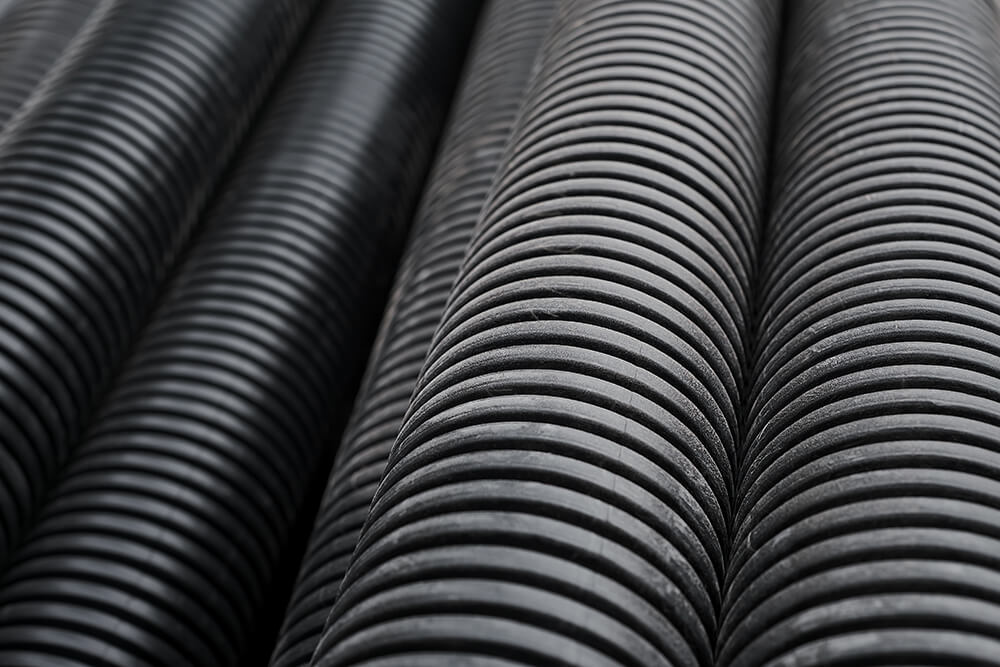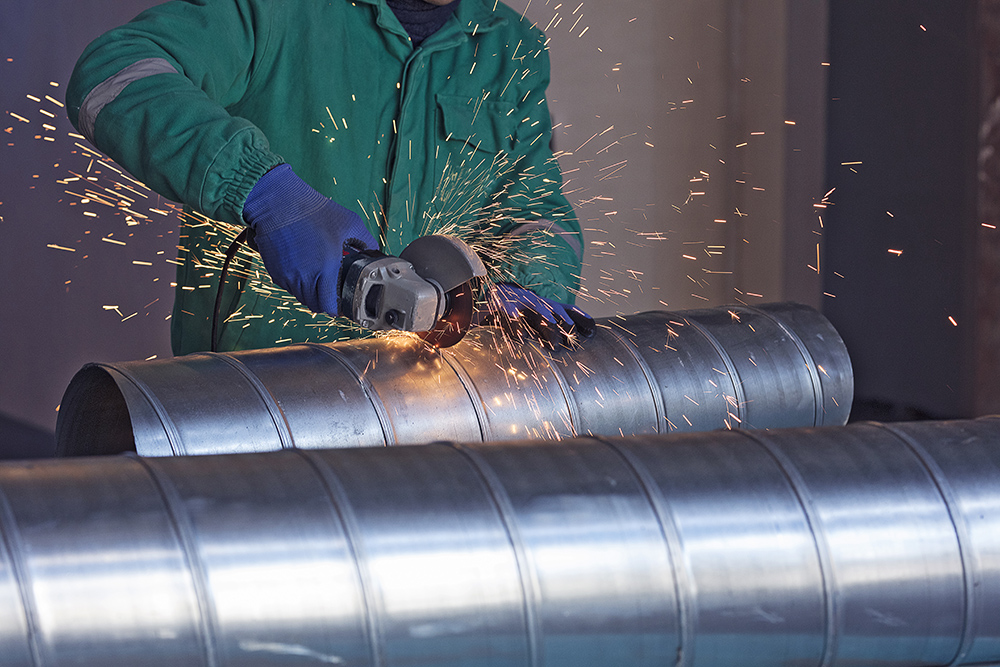A brief introduction to low, medium, and high fin tubes
Low Finned Tubes: These tubes are a reliable and proven solution for controlling the temperature of gases and liquids, or for evaporating and condensing refrigerants. They offer material savings due to reduced tube length and filling quantity reduction due to higher efficiency. The fins project from the main body of the tube.
Middle Finned Tubes: These tubes feature a significantly larger heat transfer surface area compared to plain tubes and are ideal for compact and high-performance coils and shell-and-tube heat exchangers. They are a proven and robust solution for water heaters, storage tanks, refrigerant condensers, oil coolers, gas coolers, or safety heat exchangers. These tubes, typically made of copper alloys, are frequently used in refrigeration, heating, and cooling industries. They are found in heaters, water heaters, process coolers, and heat exchangers.
High Finned Tubes: High finned tubes have a much greater outer surface area than smooth tubes, allowing for particularly compact designs. With their high, thin fins, these tubes perform particularly well in heating and cooling liquids and gases. This makes them an excellent choice for applications in heating technology, as well as in machinery and plant engineering.
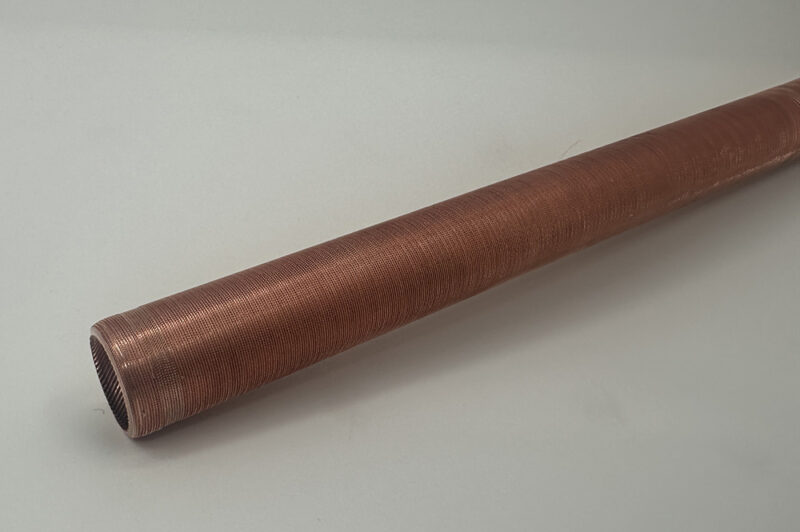
The Parameter Differences
The parameter differences between low, medium, and high fin tubes relate to fin height, fin spacing, fin thickness and their resultant impact on heat transfer, pressure drop, and application suitability.
Fin Height:
- Low Fins: These have a small fin height, approximately 1/16th of an inch, and the fin’s outside diameter does not exceed the tube’s outside diameter.
- High Fins: Some high fin tubes can have fin heights up to 0.625 inches (16mm).
Fin Spacing (or Pitch):
- Fin spacing refers to the distance between the fins, and the selection of the pitch must consider the nature of the flowing gas and the possibility of ash accumulation. Wider spacing at the inlet can promote airflow, while closer spacing near the outlet can maximize heat transfer from the warmer fluid. For aluminum air coolers, the fin pitch is often around 3mm.
- A fin pitch of 4-6mm is acceptable where there is no ash accumulation or only minimal accumulation.
Fin Thickness:
- Fin thickness balances heat transfer performance, structural strength, and cost. Thicker fins offer a larger conductive path for heat transfer, provide greater structural integrity, but also add weight and increase material costs.
Material and Manufacturing Considerations:
- Aluminum fins may be acceptable for greater fin height (22-25mm) due to aluminum’s high thermal conductivity.
- The fin forming processes affect the shape, size, and performance of the fins.
Performance and Application:
- High fin tubes exhibit higher fin density, translating to superior heat transfer efficiency.
- Low fin tubes have relaxed fin density for scenarios where enhanced efficiency is not as critical.
- High fin tubes are well-suited for applications where managing high temperatures is a primary concern.
- Low fin tubes are appropriate for applications where moderate heat transfer is sufficient and cost-effectiveness takes precedence, such as condensers and chillers.
Operating Temperature: The operating temperature range depends on the fin type and materials. For example, L-shaped finned tubes typically operate between 200-350°C, while extruded finned tubes operate between 200-450°C. High-frequency welded finned tubes have a wide range of operating temperatures, from 0 to 800°C, depending on specifications and the operating environment.
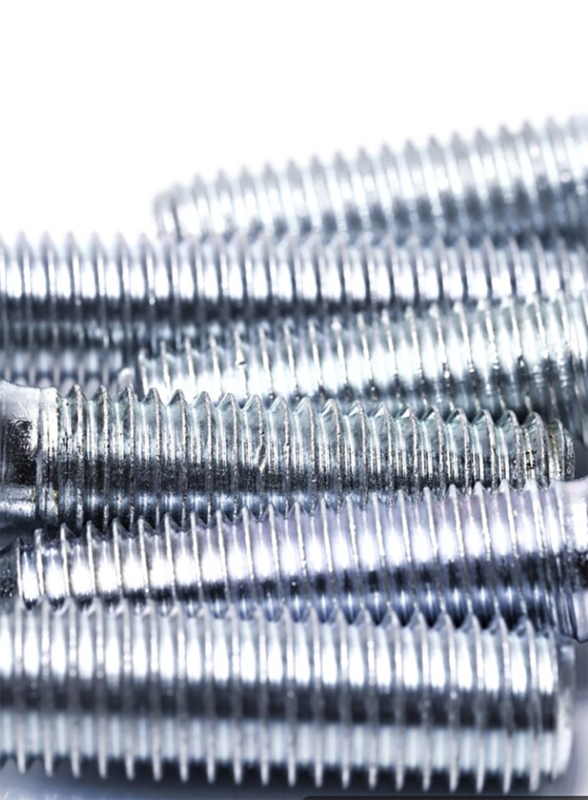
The Application Differences
Low Fin Tubes General Applications:
These are widely used in heat exchangers, condensers, evaporators, and other thermal transfer systems where efficient heat exchange is essential. They are suitable for liquid-to-liquid or liquid-to-gas applications, such as coolers, condensers, and chillers.
- Industries: Low fin tubes find applications across a wide range of industries, including steel, chemical, food, petroleum, glycol dehydration, printing, plastic molding, greenhouse heating, and tanneries.
- Specific Applications: They are used in condensers, preheaters, and evaporators within the petrochemical industry. They’re also employed in refrigeration systems, boilers, and power generation plants. Moreover, they are used in the aerospace industry for critical cooling systems.
- HVAC: Low fin tubes are used in HVAC systems, offering a cost-effective solution where maximizing efficiency is not the primary concern.
- Food and Beverage: They are invaluable in industries where precise temperature control is paramount for food and beverage production processes.
- Heat Exchangers: Low-finned tubes are an excellent choice when higher heat transfer coefficients are required in shell and tube heat exchangers.
Middle Fin Tubes General Applications:
These tubes are commonly found in heaters, water heaters, process coolers, and heat exchangers. They are also used in oil heating and cooling applications.
- Industries: Primarily used in the refrigeration, heating, and cooling industries.
- Material: Middle fin tubes are primarily made of copper alloys.
High Fin Tubes General Applications:
Suited for applications where managing high temperatures is a primary concern, due to their elevated surface area-to-volume ratio.
- Industries: They are used in process industries, power generation, and HVAC systems. They are pivotal in power plants, optimizing heat exchanger efficiency and contributing to energy production.
- HVAC Systems: They ensure top-tier thermal performance for heating, ventilation, and air conditioning applications.
In summary, low fin tubes are suitable for various industries needing efficient heat transfer, while middle fin tubes are mainly used in refrigeration and heating applications. High fin tubes are optimal for processes requiring maximum heat exchange and temperature management, such as power generation and HVAC systems.
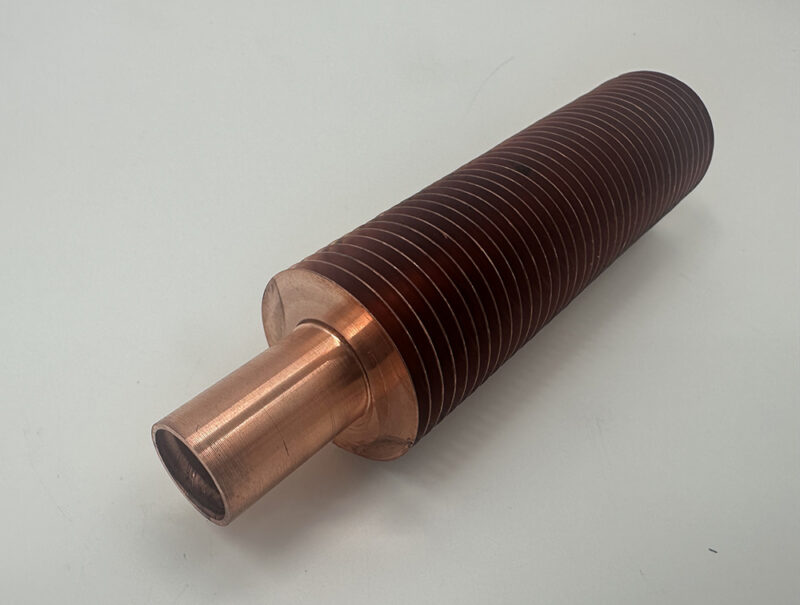
Comparison of maintenance costs
General Maintenance: Finned tube heat exchangers typically have low maintenance costs because of their simple structure and firm connections between the fins and the base tube. Failures are uncommon during normal operation.
Cleaning Challenges: The narrow fin spacing in finned heat exchangers can make cleaning difficult, and accumulated dirt can reduce heat transfer efficiency. High fin tubes, if too high and dense, can accumulate dust easily, increasing maintenance difficulty.
Cleaning Ease: Low fin tubes, with their more relaxed fin density, might be easier to clean. Plate heat exchangers are easier to clean and have lower maintenance costs because of their wider plate spacing compared to finned tube heat exchangers.
In summary, while finned tube heat exchangers generally offer low maintenance costs, high fin tubes may require more frequent cleaning due to their higher fin density and potential for dust accumulation. Low fin tubes are likely easier to clean due to their wider fin spacing. Therefore, low fin tubes may have slightly lower maintenance costs compared to high fin tubes, although both are generally cost-effective in the long term.


